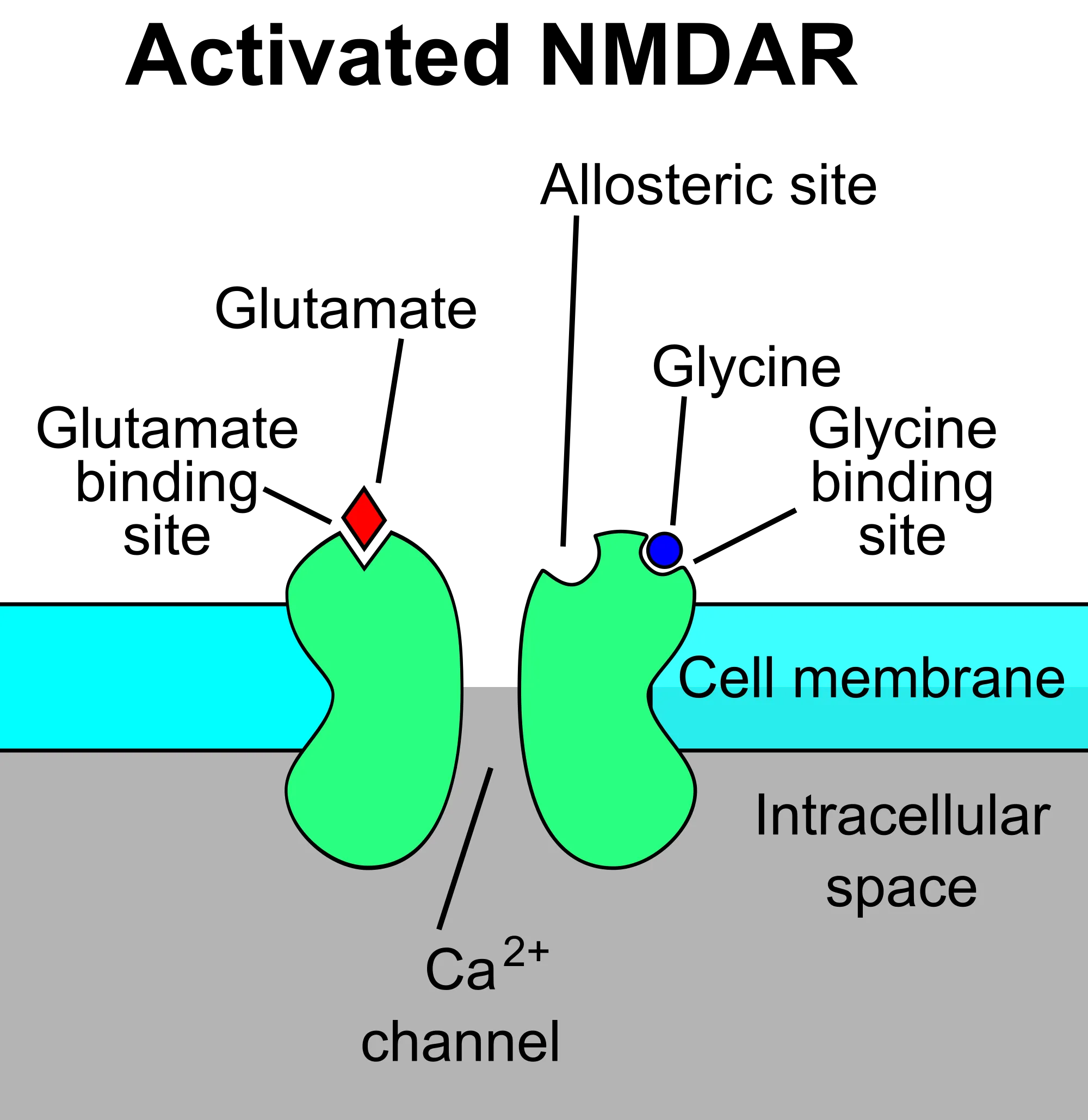The blockade of NMDA receptors in pancreatic beta cells improves insulin secretion in response to glucose.
Although the role of N-Methyl-D-Spartate receptors (NMDA-R) has been widely studied in the central nervous system, very little is known about its function in pancreatic islets.
In a publication in Nature Medicine magazine, European scientists have shown that dextrometorfán (DXMF), a commonly used antitustive drug.
It is precisely during these periods of electrical activity when insulin secretion takes place.In both human and murine islets, the inhibition of NMDA-R increased insulin secretion in response to glucose and survival of islets.
In vitro, the main metabolite of the DXMF amplified the stimulatory effect of the expenditure-4 on the secretion of insulin stimulated by glucose.In Vivo, the DXMF increased glucose tolerance and, in a model of type 2 diabetes (T2D), long -term treatment increased insulin content and islet mass, as well as the control of blood glucose.
In a small clinical trial in patients with T2D, DXMF increased serum insulin concentration and glucose tolerance.
The effect of DXMF on the preservation of pancreatic beta cells could change the course of the disease, characterized by an improvement of blood glucose in the initial phases of the treatment and a progressive increase in the insulin requirement in posterior phases, when beta cells die.
The study, in which a researcher at the Biomedical Research Institute August Pi I Sunyer has participated, supports the possibility of adding NMDA-R antagonists to the current diabetes treatments.


